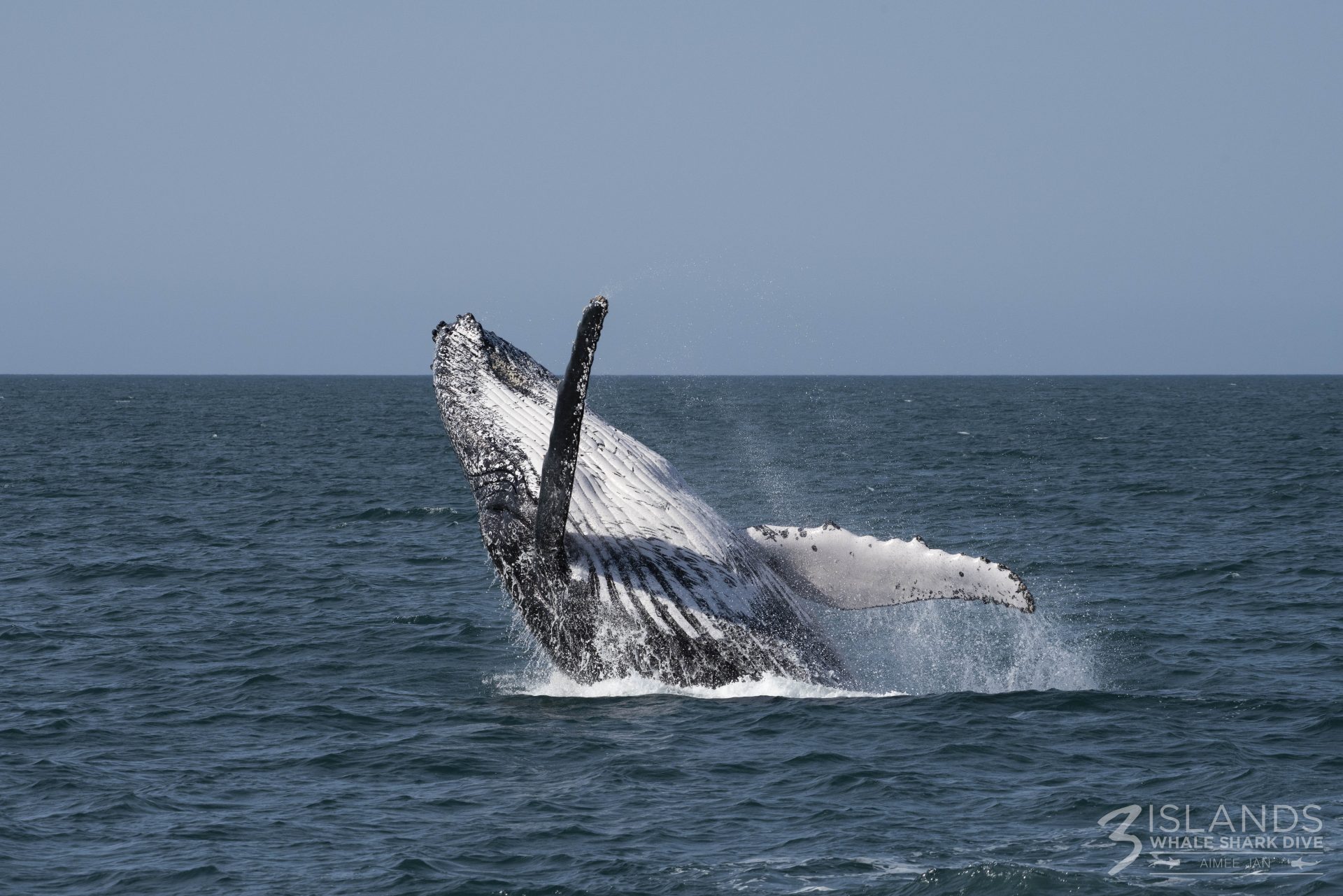Did you know that sounds travel up to four times faster in water than in air? Like most marine animals traversing the deep, dark ocean, humpback whales rely on vocalisation to communicate underwater. But why do humpback whales sing? And, how?
For mating purposes? To communicate? To find food? To show off?
A series of ongoing studies suggest that humpback songs are a result of millions of years of evolution and contribute to their survival, navigation and breeding.
The Reasons Behind Humpback Whale Songs
Humpback whales are known for their complex and beautiful songs, which serve several theorised purposes:
- Mating:
One of the most widely accepted theories is that male humpback whales sing to attract females during the breeding season. These songs may signal the singer's fitness and readiness to mate.
- Communication:
Humpback whales use their songs to communicate with one another. This communication can help coordinate group activities, such as feeding or migration. The songs can convey a whale's location, identity, and even its emotional state.
- Navigation:
Some researchers believe whales use their songs to navigate the vast oceans. The sound waves could bounce off underwater features, helping whales map their surroundings and find their way.
- Social Interaction:
Singing can also be a way for humpback whales to interact socially. It could establish dominance or strengthen bonds within a group. The songs might play a role in maintaining social structures and reducing conflicts.
- Learning and Culture:
Humpback whale songs are passed down and modified over time, suggesting a form of cultural transmission. Young whales learn songs from older ones, and these songs evolve, incorporating new elements and styles.
Whale Song Breakdown
Just like our songs, whale songs consist of several key components. ‘Units’, akin to notes, consist of cries, whines, hums and more. An arrangement of ‘units’ creates a ‘phrase’—the whale equivalent of chords. A sequence of recognisable ‘phrases’ then creates a ‘theme’. Multiple ‘themes’, finally, make a song.
1. Units
Definition: The basic building blocks of whale songs are known as "units." Each unit is a single sound, which varies in frequency, duration, and amplitude. Units can include moans, clicks, cries, and whistles.
2. Phrases
Definition: Units are combined to form phrases. A phrase is a sequence of units repeated in a specific order. Phrases typically last for a few seconds.
3. Themes
Definition: Phrases are grouped into themes. Within each theme, the same phrase is often repeated several times. A theme can contain variations of a phrase.
4. Song
Definition: Multiple themes are combined to form a complete song. A song can last from several minutes to over an hour and often includes multiple themes, with one of the longest-recorded songs lasting 22 hours.
Songs evolve over time, with new units, phrases, or themes added or old ones being modified or removed. Whale songs are considered one of the first examples of cultural transmission, where songs are exchanged and learned by different unrelated species of whales across the world.
How a Humpback Whale Sings
Humpbacks have a larynx but lack vocal cords and teeth—so how do they make sound? Instead, they generate sound by manipulating air through a U-shaped tissue and a large cushion of fat and muscles, unique to baleen whales. The process involves the manipulation of air pressure within the respiratory system. The unique anatomy of a humpback whale allows them to create loud, discernable, melodies using their respiratory system and laryngeal sacs.
The key to their sound production lies within the whale's nasal/laryngeal sacs, which flex/squeeze to push air through passages. This action creates vibrations that resonate within the whale's head, amplifying the sound. Their modified ‘voice box’ allows whales to generate sound without choking on water
Humpback whales are masters of low-frequency sounds, which can travel massive distances underwater. Their songs can reach across entire ocean basins, allowing humpback whales to communicate with each other hundreds to thousands of kilometres away.

Do Female Humpback Whales Sing?
While the enchanting melodies of humpback whales are most commonly associated with males, there have been instances of females vocalising as well. Female humpback whales often sing to communicate with their calves. However, male humpback whales are primarily responsible for the more elaborate songs heard during the breeding season, believed to attract mates and assert dominance.
How Far Can a Humpback Whale Song Travel?
Humpback whale songs are not just powerful in their beauty; they are also incredibly far-reaching. Thanks to the excellent conductivity of sound in water, these songs can travel hundreds to thousands of kilometres. This impressive range allows humpback whales to communicate across vast ocean expanses, potentially coordinating movements and interactions over great distances.
Exactly how Loud is a Humpback Whale?
Humpback whale songs are not only lengthy but also exceptionally loud. Some noises can reach up to 180 decibels, louder than a jet engine. Volume is essential for their songs to travel such great distances underwater, ensuring their messages are heard far and wide.
Additional Factors Influencing Whale Songs
- Environmental Factors: Water temperature, depth, and other environmental conditions can influence the structure and propagation of whale songs.
- Seasonal Variations: Whale songs change with the seasons, particularly during breeding and migration periods.
Want to Hear Humpback Whales Sing Firsthand?
Embark on a humpback whale tour in Exmouth with Three Islands Whale Shark Dive to experience these majestic creatures and their beautiful songs firsthand. Discover the magic of the Ningaloo Reef and create memories that will last a lifetime.
More...
Fun Humpback Whale Facts For Kids
Fun Humpback Whale Facts For Kids Humpback whales are among the most fascinating creatures in the ocean, captivating anyone lucky enough to spot them! Whether your family is planning a trip to the coast or simply curious about marine life, these fun humpback whale facts for kids will spark curiosity and wonder. Let’s dive into…
The Lifecycle of a Humpback Whale
The lifecycle of a humpback whale is one of the most amazing journeys on the planet. From their birth in warm tropical waters to their long migrations and incredible feeding techniques, humpbacks are constantly on the move, playing a vital role in ocean health along the way. At Three Islands Whale Shark Dive, we love…





